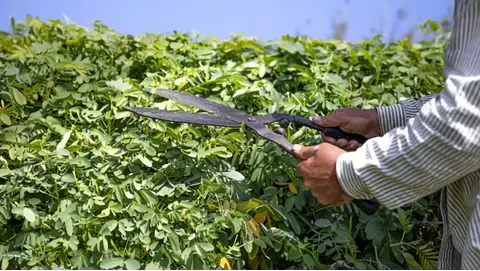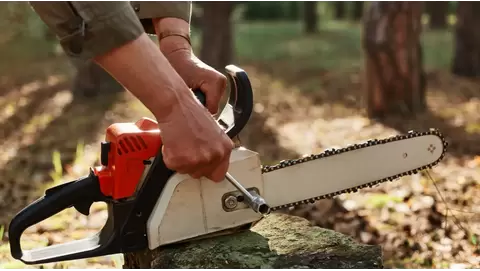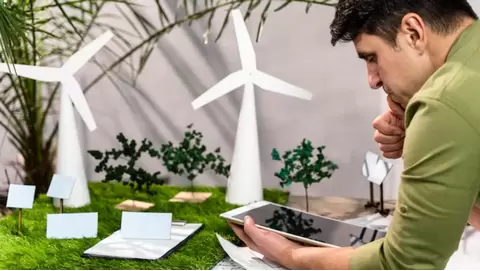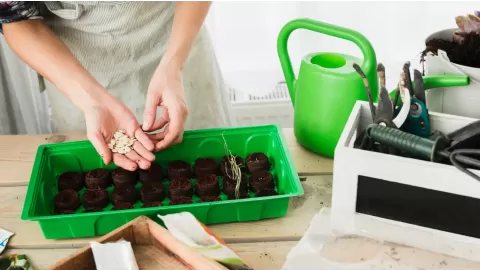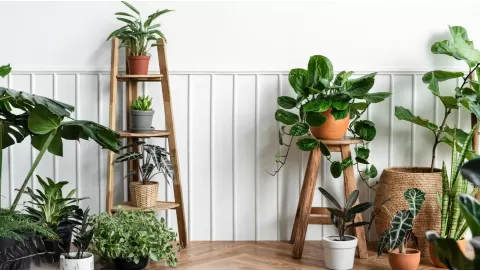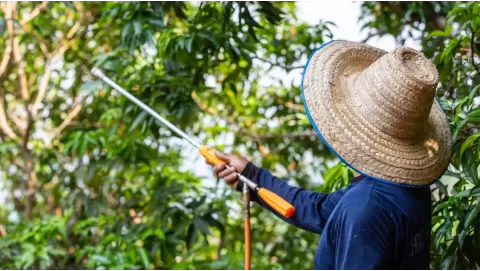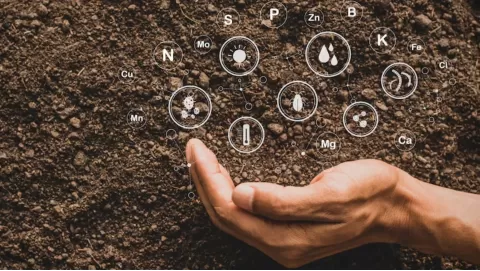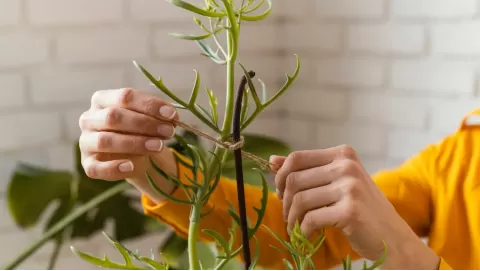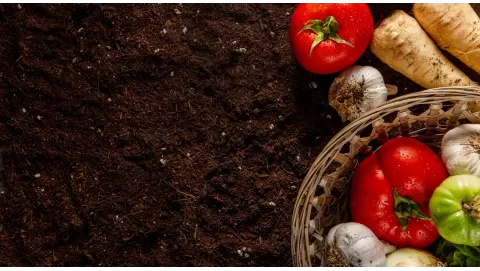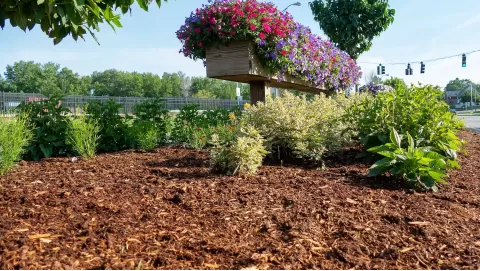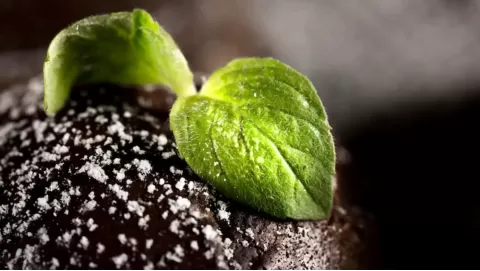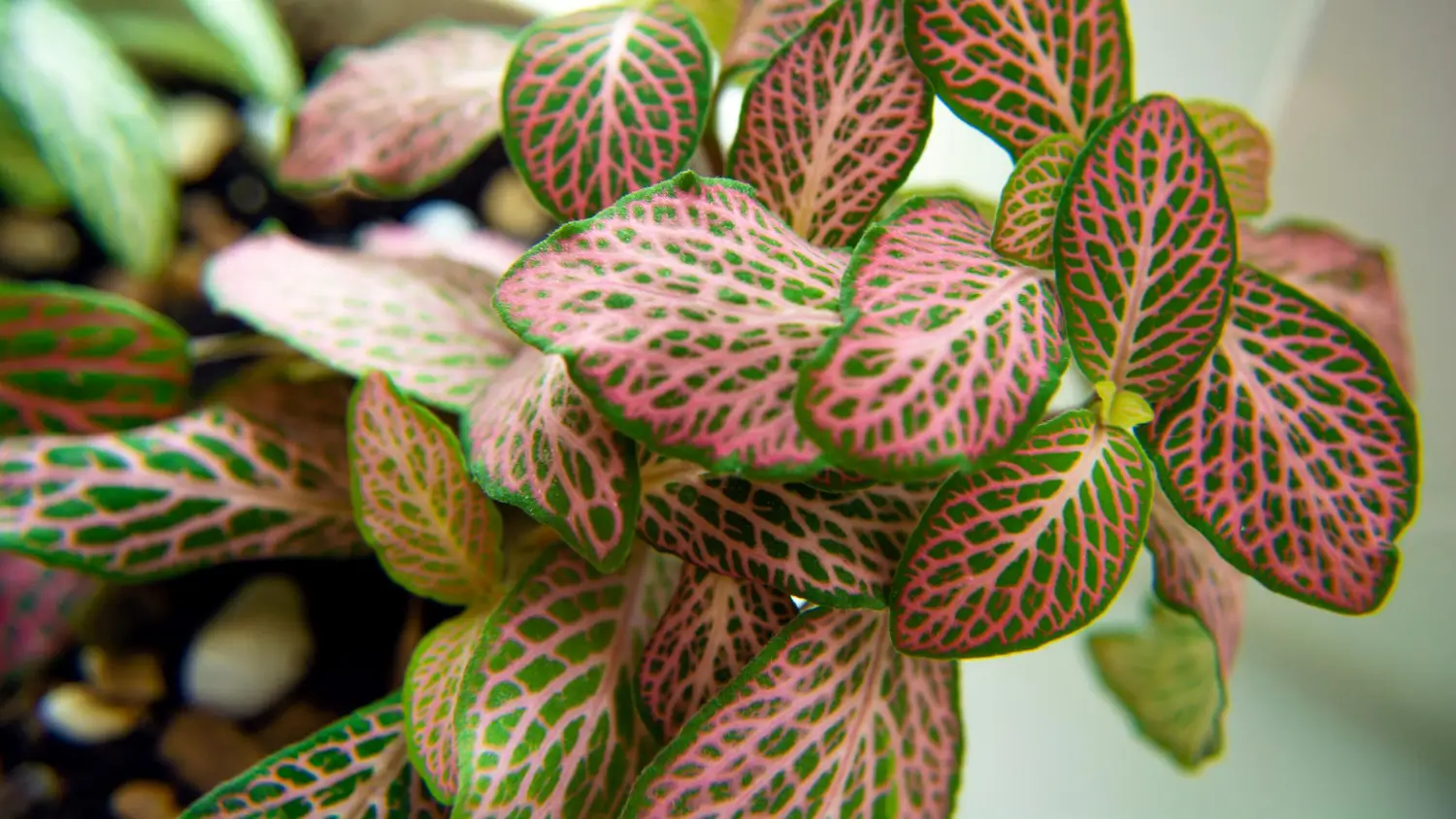
Fittonia care guide: Grow the nerve plant indoors
Indoor plants are a favorite choice for plant lovers due to their trailing foliage pattern. But there are times that the plants shade only minimally, and they take more care, like regular trimming and specialized potting soil that gardeners may struggle with. Fittonia is, on the other hand, one of the popular houseplants with patterned foliage that can grow for years, making it an excellent choice for decorating indoor spaces.
This succulent plant takes its name from its distinctive orbiculate or ovate leaf patterning in green, pink, red, and white. The leaves of most varieties are dark green with white or pink veins, although some have lime green or pink leaves, which makes the plant appealing. In the right conditions, the plant will send up small flowers in red or yellow-white spikes.
Fittonia can be planted as a ground cover in warm, frost-free climates receiving filtered light, brightening up both the indoors and outdoors. Growcycle provides gardeners with several equipment and essentials for the healthier growth of plants.
Origin and History
Fittonia is named after the 19th-century European botanist and plant collector Wilhelm Fitton. The genus was named in honor of Elizabeth and Sarah Fitton, who authored a botany volume in 1867. It was later brought to Europe, where it was quickly popular as an ornamental indoor plant.
It's native to the tropical rainforests of South America (Peru, Colombia, Bolivia, Ecuador, and northern Brazil). Its natural habitat is in the dappled and moist undercanopy of forests, so it is great in all kinds of conditions.
Botany of Fittonia
The fittonia plant's attractive foliage makes it a popular houseplant, and it is also known as the nerve plant, mosaic plant, fittonia, and painted net leaf.
- Family: This plant is a member of the Acanthaceae family and the Fittonia albivenis species.
- Size: Under ideal circumstances, this plant reaches a height of 3 to 6 inches and can spread 12 to 18 inches wide.
- Stems: The stems of fittonia plants are mostly clad in short, fuzz-like hair that gives them a soft, velvety look.
- Foliage: It has smooth, oval leaves that are velvety, and the veins on the leaves come in colors of white, pink, red, or purple. Leaves are usually 5-10 cm long and green, pink, or white.
- Flowers: It features small, white, creamy flowers on slender green stems. The catch is, of course, those flowers don’t bloom inside.
- Growth Shape: Low-growing evergreen perennial that spreads out rather than up. Its dwarf habit makes it great for indoors.
Growth Rate: Moderate to average growing, this plant will achieve its full size in 6 to 12 months and reach its full height in 3 to 5 years. But if left alone, it can grow 2 to 4 inches a month in perfect conditions.
Benefits of Fittonia Plant
Fittonia plants are popular for their unique appearance and easy care, making them a great addition to indoor spaces. Here are a few of its benefits:
- Cleans the Air: This nerve plant helps clean indoor air quality by absorbing harmful chemicals and reducing carbon dioxide. It acts as a natural air purifier, improving the indoor environment.
- Low Maintenance: No additional care required to grow. You can have healthy growing plants for years. And, therefore, it also makes life simple for the busy gardener.
- Improves Humidity: Normally, the plant helps decrease the nitrogen and benzene levels in the air and increases the surrounding humidity.
- Healthy Remedy: The stems of this plant can be eaten in tea to aid in relieving headaches, muscle pain, and toothaches, promoting human health.
- Non-Toxic: Fittonia is non-toxic and is safe for humans and pets, making it an excellent addition to any home.
Decorative Appeal: Its velvety, vibrant foliage adds a decorative touch to any space, and its glossy look even brings style to a home or office.
Varieties of Fittonia Plant
Fittonia plants come in various varieties, each with unique leaf colors and vein patterns, making them popular choices for indoor gardeners.
| Name | Leaf Color | Vein Pattern | Size | Growth Habit | Characteristics |
|---|---|---|---|---|---|
| Fittonia 'Red Anne' | Medium-green leaves | Bright red or magenta spiderweb of veins | 3-6 inches tall and 12-18 inches width | Compact mound of slowly spreading habit | Intense pinkish-red variegation with vibrant red veins. |
| Fittonia 'Fortissimo' | Bubble green | Red and pink veins | 8.5 to 10 cm in height | Compact, creeping growth | Small, dark green leaves and mosaic-like veining |
| Fittonia 'Josan' | Green with red veins | Pinnate vein pattern of red veins on dark green leaves | 3 inch to 4 inches | Compact, creeping, and trailing | Medium-sized khaki green and bronze leaves and rich red veins. |
| Fittonia 'Mini White' | Green leaves | White veins with intricate mosaic pattern | 3-12 inches in height up to 18 inches in width | Spreading growth | Little green leaves and lovely white veins. |
| Fittonia 'Angel Snow' | Dark green leaves | White veins and a large part of solid white in the leaves | 6 inches in height and 18 inches in width | Compact growth | Snow-like appearance with dark leaves and light yellow flowers appear on small spikes. |
| Fittonia 'Black Nerve' | Dark blackish-green color | Intricate and contrasting crimson veins | 5-8 inches tall and 12-18 inches wide | Creeping and spreading | Evergreen perennial with oval-shaped leaves. |
Fittonia Plant Care Guide
Here is a comprehensive care guide to keeping the fittonia plants healthy and thriving:
1. Light
The plant prefers bright, indirect light. It’s a good idea to put this plant where it can receive at least some natural light from a north-facing window, or keep it under fluorescent lights or filtered light. Insufficient light also inhibits its growth, so that should be avoided.
They prefer partial sun and may soon burn in the direct sun. They can also float sheer curtains to help reduce direct sunlight.
2. Water
It is essential to keep an appropriate moisture level for healthy growth. They should be watered as the top inch or so of soil dries out, usually about once a week.
Avoid overwatering the plant and don't let the soil sit in water, which can lead to root rot and droopy leaves. When to water can be tricky to guess, but gardeners can use a moisture meter to track it.
3. Soil
The nerve plant requires a well-draining soil that also retains some moisture. Don't use a drying soil. So, use some slightly acidic soil with peat moss base for growing. Gardeners can also add perlite or orchid bark to improve drainage.
Gardeners should have a drainage hole in the pot and allow excess water to drain, as too much moisture can ruin the plant's leaf quality.
4. Temperature and Humidity
It’s a houseplant that is native to warm, fertile environments, and can withstand temperatures between 60°F and 85°F, so be sure to keep it away from cold drafts or drastic temperature changes.
The plant requires 50 percent humidity to grow indoors. Gardeners can keep humidity up with misting (yes, you can mist), or use a humidifier in dry climates or winter. They could also look into making a small terrarium to introduce even more moisture to the soil.
5. Fertilizers
Be sure to feed the new Fittonia plants weekly to encourage healthy growth. While regular houseplant fertilizers can do the trick, consider the use of a liquid fertilizer specifically formulated for tropical plants (a 5-5-5) diluted to half the recommended strength.
It's optimum to fertilize this nerve plant once a month in the growing season - spring or summer.
6. Pest and Disease Control
There are several diseases that may attack your fittonia due to poor care, pests, and environment. In order to avoid and address these problems, you need to monitor things such as yellow leaves, wilted leaves, or unusually shaped growth. It is also good to always buy healthy plants and sterilize tools to avoid infection.
To limit the effects of disease, gardeners must be careful to keep good airflow, not water over the top and regularly clean leaves to remove possible spores. However, diseases such as mosaic virus cannot be treated; instead, gardeners have to eliminate infected plants to avoid further contamination.
Pruning Fittonia Plant
Prune a fittonia plant during its growing season, which is in spring or early summer, for the best growth and recovery. The best thing is not to prune in winter since it is harmful to the plant. Summer likewise is not ideal for this plant, since too much heat may be detrimental to the healing.
- Inspect the Plant: Examine the plant thoroughly from top to bottom, looking for branches and sections that require pruning.
- Find Smaller Branches: Discover the smaller branches established on the main stem. These must be trimmed to new growth.
- Use Tools: Use sharp, clean scissors to trim the smaller branches or buds.
- Make the Cut: Cut the branch, but don’t completely remove it from the main stem in order to promote healthier new growth.
- Remove Spikes: Trim any overgrown flower spikes to give a clean look.
- After pruning: Clean the scissors or shears with alcohol to prevent spreading bacterial disease to other plants.
How to Propagate a Fittonia Plant
Spring and early summer are the best times for fittonia propagation while the plant is growing. Don’t do this in the winter when the plant is dormant, it won’t grow then either. The easiest and most common method is stem cuttings. Here is a step-by-step guide to propagate the fittonia plant:
1. Choose a Healthy Stem
Find a healthy stem on the plant. It should also be clean from pests or diseases and have a minimum of 2-3 leaves and a couple of nodes (the areas on the stem where leaves grow). Avoid stems that appear weak or damaged.
2. Cut the Stem
Using sharp scissors, carefully cut a stem that is about 4–6 inches long. Cut just below a node. This is important because new roots will grow from the node.
3. Prepare the Cutting
Strip the leaves from the lower half of the cutting. Leave 2–3 leaves on top. This helps the cutting stay in good condition, stops the lower leaves from rotting if it hits water or soil.
4. Root the Cutting
TThe cutting can be rooted in two ways:
i) Water propagation
- Set your cutting in a glass of water where the bottom node is submerged.
- Place the glass in a bright area that does not receive direct sunlight. Sunlight can damage the plant.
- Refresh the water every 2-3 days, so it stays fresh.
- After 1–3 weeks, roots will develop. The cutting can be put in the soil when the roots get to at least 1 inch long.
ii) Soil Propagation
- Turn the bottom of the stem into the rooting hormone. This is optional but does help roots to grow faster.
- Use light, well-draining soil in a moist plug tray or a small pot. Plant the stem cutting so the bottom node is covered by soil.
- Put the pot in a clear, plastic bag or under a terrarium. This forms a mini greenhouse and maintains high humidity, though Fittonia appreciates that.
- Put the pot in a bright, indirect light and let the soil stay moist.
- Roots will appear in a period of 2–4 weeks, and the cutting will start to grow new leaves.
5. Care for the New Plant
When it has developed roots and new growth, treat it just like a normal Fittonia plant. If the plastic bag is utilized, discard. Spray the plant to maintain a warm, humid environment, and water it frequently to maintain moist soil without it turning soggy.
Extra Tips for Success
- Always use clean scissors to prevent disease transmission.
- The high moisture is very important to get the Fittonia cuttings rooted. Mist the plant regularly, or use a humidifier, if the air is dry.
- When it roots in water do not drown the cutting, only the node sits in the water.
- Avoid watering soil-propagated cuttings too much. Moisten, but do not drench, the soil.
Fittonia Problems and Solutions
Fittonia plants may have multiple growth issues, which are usually solved by adjusting care conditions. Here are a few of those problems.
1. Overwatering
Symptoms: Yellow leaves, plants drop their leaves, overly moist with wilting leaves, plant stems are mushy and have a strong smell from the soil.
Solution
- Control the frequency of watering, and don’t water the plant if the upper inches of the soil don’t dry up.
- Test the moisture level of the soil by sticking fingers in it or with the help of a moisture meter.
- Just remember to pick a free-draining pot and a free-draining mix.
- If the problem persists, you may want to repot the plant so it becomes more vigorous.
2. Low Humidity
Symptoms: Wilting or drooping leaves, brown edges.
Solution:
- Use a humidity meter to monitor the indoor humidity level.
- Then, supplement the humidity in the air above 50% with a humidifier, or by placing a pebble tray of water near the plant.
- Mist the plant often to keep the humidity levels where they need to be.
3. Improper Light
Symptoms: Leggy growth, burned leaves, stunted growth.
Solution:
- Reposition the plant in a bright, indirect sunlight area.
- Protect them from direct sunlight by hanging sheer curtains if you prefer the blinds open.
- Fluorescent tubes or grow lights can be used for good growth in low light.
4. Underwatering
Symptoms: Dry edges, drooping leaves.
Solution:
- Bump up your watering and water until the water comes out of the pot.
- Raise the humidity of the room.
- Water the plant a few times a week until it acclimates.
FAQs
Can Fittonias grow in water alone?
Yes, fittonia plants can be grown in water using the hydroculture method. But they should be kept in terrariums, steamy bathrooms or gravel trays filled with water to maintain humidity.
Does Fittonia prefer root-bounded growth?
Fittonia plants do not tolerate being root-bound. They can handle it for a while, but then they stop growing, or they start to look pissed off because you haven’t repotted them into something bigger.
Is it normal for Fittonia leaves to curl?
No, the majority of Fittonia leaves curl due to exposure to low humidity, over- or under-watering, temperature changes, or cold drafts. So, it is best to only mist the leaves and keep a consistent temperature level.
The Bottom Line
Fittonia is pretty, easy-care, and produces new leaves in a patterned leaf. Mostly, the leaves are available in different color variants, such as white to red and this makes it perfect to add color indoors.
It can live for years if grown in the right light and potting soil. Growcycle offers gardeners multiple tips and tools for growing healthy indoor plants and shrubs.
Disclaimer: This material is for informational purposes only and should not be relied on for legal, medical, financial, or any other form of professional advice.



